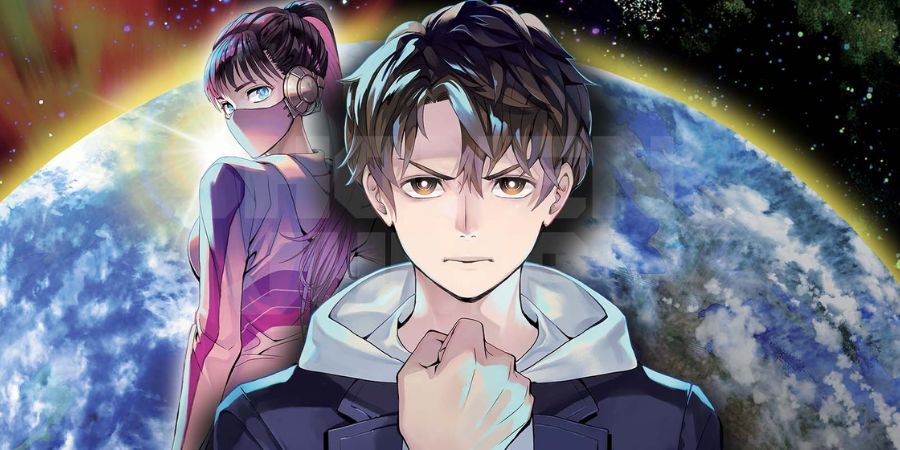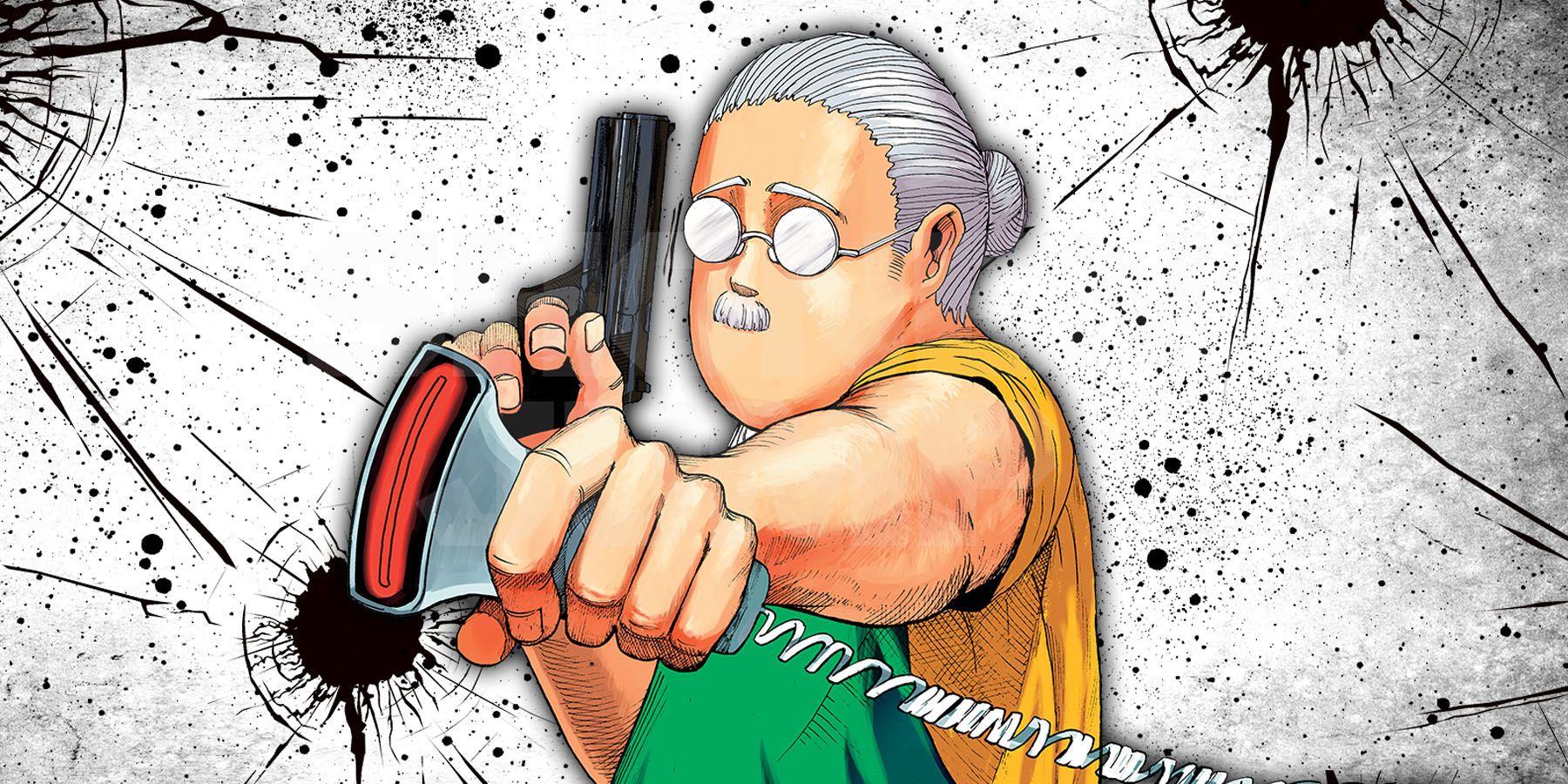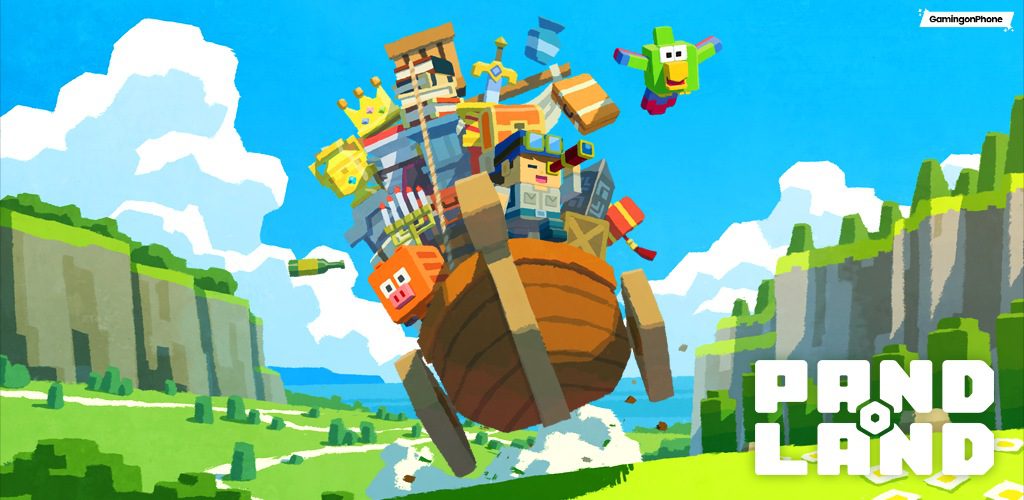Summary
- Shonen Jump’s reliance on the traditional formula risks becoming stale and alienating fans.
- Over-reliance on legacy titles like One Piece and My Hero Academia is overshadowing new works.
- The magazine’s resistance to change and risk-taking limits its creative potential and audience appeal.
For decades, Shonen Jump has been a cornerstone of manga, delivering countless beloved series that define generations. However, in recent years, cracks have begun to show in the once-flawless facade. While the “Shonen formula” has long been a blueprint for success, many argue that its overuse, reliance on tropes, and resistance to meaningful evolution are now undermining the magazine’s legacy.
Yet, the foundation is still everpresent, and while the building might be falling off, Shonen Jump still possesses everything it needs to climb back up. But, what’s essentially happening, and why has a fan-favorite publisher started producing flop after flop? The answer lies in execution:

Related
The Next Shonen Jump Anime Is An Emotional Ride
Tragic, painful and filled with plot twists, Takopi’s Original Sin will soon turn into animation.
The Shonen Formula is Tricky
A Double-Edged Sword
Shonen Jump’s traditional approach revolves around key themes: friendship, perseverance, and triumph over adversity. Protagonists often start as underdogs, gain power through training, and face increasingly challenging foes. While this formula has produced legendary titles like Naruto and One Piece, its repetition has bred predictability.
The difference between the novice and the master is that the master has failed more times than the novice has tried.
Recent series struggle to innovate within these constraints. While fans once eagerly awaited each new arc, many now feel fatigued by the same progression of training arcs, tournament battles, and power-ups. Without fresh storytelling, the formula risks becoming stale, alienating long-time fans and failing to attract new readers.
Over-Reliance on Legacy Titles
They’re No Longer Cutting it For Newbies
The success of titles like One Piece, My Hero Academia, and Jujutsu Kaisen has been both a blessing and a curse for Shonen Jump. While these series have sustained readership, they’ve also overshadowed newer works. With My Hero Academia and Jujutsu Kaisen concluding and One Piece nearing its end, the magazine faces an identity crisis.
Jump’s hesitation to fully invest in fresh ideas exacerbates this issue. Promising series like Sakamoto Days and Kaiju No. 8 show potential but lack the marketing push to reach the iconic status of their predecessors. This leaves readers questioning whether the magazine can foster the next generation of blockbuster hits.
The Problem of Power Creep
How Does One Keep a Series Going?
Power escalation—a hallmark of Shonen storytelling—has increasingly become a problem. Series often escalate stakes to unsustainable levels, introducing characters and abilities so overpowered that they undermine earlier conflicts. Titles like Dragon Ball Z and Naruto exemplified this issue, but recent series like Black Clover have doubled down, leaving audiences desensitized to tension and drama.
The minute you think of giving up, think of the reason why you held on so long.
Additionally, the trope of “fake-out deaths” further erodes stakes. Characters frequently return from seemingly irreversible fates, diminishing emotional impact. Fans have criticized My Hero Academia and Black Clover for such moments, labeling them “Mickey Mouse moves” that prioritize convenience over meaningful storytelling.
Lack of Character Depth In Recency
Try-harding on Irrelevant Trends
Shonen Jump’s expansive casts have historically been a strength, offering rich worlds filled with diverse personalities. However, recent series often fail to balance their ensemble. Side characters frequently lack development, relegated to filler roles or comedic relief.
Here’s a comparison of past and present approaches to side characters:
| Series | Side Character Strengths | Missed Opportunities |
| Naruto | Characters like Shikamaru and Neji had arcs. | Boruto characters get filler episodes lacking emotional depth. |
| My Hero Academia | Highlights key characters like Shoto Todoroki. | “Sugar Rush Guy” and others remain unexplored. |
| Black Clover | Some knights have standout moments. | Focus often drifts to Asta, neglecting deeper ensemble. |
Without a consistent focus on side character growth, modern titles lose the richness that once set Shonen Jump apart.
Resistance to Evolution and Risk
But There’s Hope, and It’s Showing
The manga industry has evolved, with platforms like Jump Plus showcasing darker, more experimental series such as Chainsaw Man. However, Shonen Jump’s mainline offerings remain conservative, adhering to tried-and-true formulas.
This reluctance to embrace change not only limits creative potential but also risks alienating a growing audience seeking more mature, nuanced narratives.
- Genre Fusion: Series like Dandadan blend genres such as horror and romance, demonstrating a path forward for innovation. Jump needs to promote such experimental works more aggressively.
- Digital Platforms: Embracing digital manga serialization, like Chainsaw Man’s move to Jump Plus, could reduce creator burnout and foster higher-quality storytelling.
Titles like Dandadan and Sakamoto Days demonstrate the potential for genre fusion and innovative storytelling, blending elements of comedy, horror, and action. Yet, these series remain outliers, as Jump prioritizes safe, traditional concepts over riskier ventures.
Source link















Leave a Reply